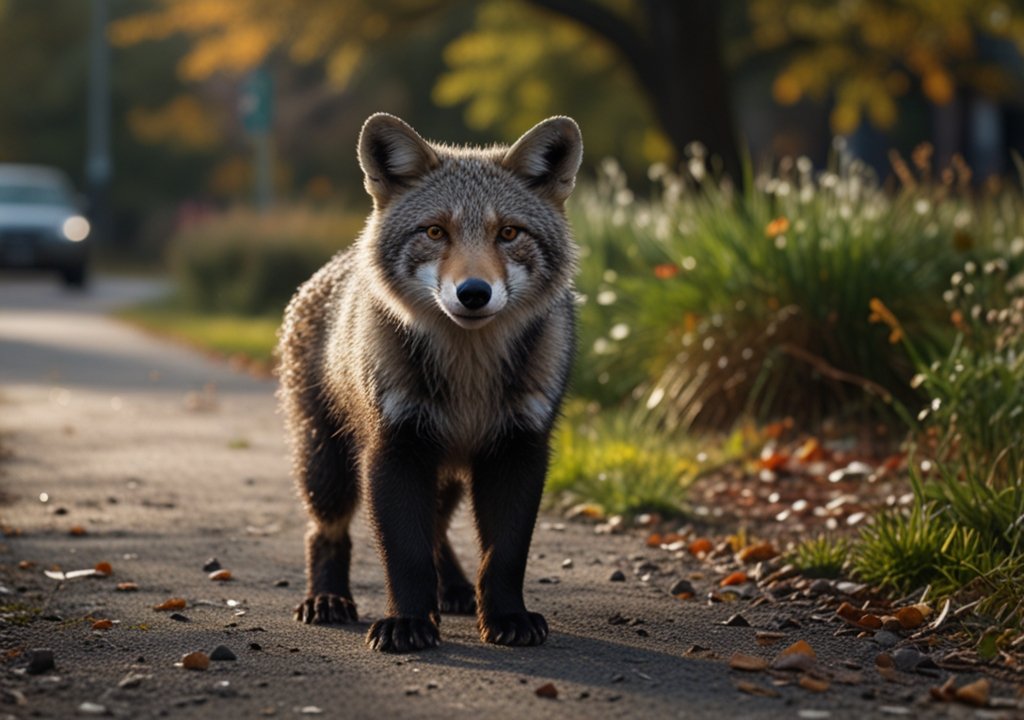Key Takeaways:
- Discover the benefits of understanding urban wildlife behavior and how it can enhance urban living.
- Learn practical and easy-to-implement methods to minimize negative encounters with local wildlife.
- Gain valuable insights on fostering a safe and supportive environment for humans and animals.
Table of Contents
- Introduction to Urban Wildlife
- Common Urban Animals and Their Behaviors
- Tips for Minimizing Encounters
- Creating Wildlife-Friendly Gardens
- Safe and Humane Deterrents
- Encouraging Community Involvement
- The Role of Technology in Wildlife Management
- Resources and Further Reading
Urban areas are often seen as bustling human habitats, but have also become home to various wildlife. The interaction between these two worlds is inevitable as cities expand further into the countryside. Proper animal removal practices become a cornerstone of peaceful coexistence, ensuring that our increasing interactions with wildlife remain safe and beneficial for all participants. This comprehensive guide seeks to arm urban dwellers with the necessary knowledge to manage their encounters with local wildlife successfully. Comprehending the fragile equilibrium required for coexistence with these creatures is imperative for maintaining harmonious living conditions. By diving into the nuances of urban wildlife behavior, homeowners can better protect their spaces while respecting the needs of the animals around them.
Introduction to Urban Wildlife
The sprawling expansion of urban landscapes is an inevitable evolution of human settlement. Yet, as cities grow, they often intrude into previously undeveloped lands that have been the natural habitats of myriad wildlife species. This incursion prompts a wealth of interactions between city dwellers and native creatures. For many, these encounters are a source of intrigue and awe, yet they can also present challenges if not managed adeptly, especially with birds. Learning about urban wildlife behavior and bird removal practices facilitates appreciating these animals’ broader ecological roles, such as pollination, seed dispersal, and pest control.
Common Urban Animals and Their Behaviors
The usual animal suspects in urban environments range from savvy city-dwelling raccoons to opportunistic avian species like pigeons and sparrows. With their remarkable adaptability and dexterity, Raccoons are nocturnal travelers who often rummage through unsecured trash bins searching for food. Similarly, squirrels have adapted remarkably well to city life, enjoying abundant green spaces for their nest-building activities. Meanwhile, birds like crows and seagulls have become masters of adapting foraging behaviors to thrive in man-made landscapes. Understanding these animals’ preferred habitats and behaviors is a crucial first step toward managing any potential disruption they might pose.
Tips for Minimizing Encounters
Minimizing unwanted wildlife interactions is achievable with simple lifestyle tweaks. One of the most effective measures involves diligent waste management. Properly sealing garbage containers reduces the incentive for wildlife to rummage through them. Residents should also be mindful of outdoor food sources—bird feeders should be strategically placed to minimize spillage, and pet food shouldn’t be left outside unattended. Embracing practices like these significantly reduces prospective animal visitors, as highlighted in various effective waste management strategies.
Creating Wildlife-Friendly Gardens
Gardens designed with wildlife in mind beautify neighborhoods and sustain local ecological networks. Selecting native plant species is paramount, as these plants are best suited to the local climate and provide familiar habitats and food sources for indigenous animal populations. Implementing clean water features and pollinator-friendly flowers like bee balm or milkweed further supports biodiversity. A well-thought-out garden can serve as an oasis for songbirds and beneficial insects, balancing the coexistence between nature and urban development.
Safe and Humane Deterrents
In instances where wildlife presence becomes problematic, humane deterrents offer peaceful resolutions. Motion-activated devices like lights or sprinklers can startle animals, convincing them that an area is unsafe without harming them. Visual deterrents, such as reflective tapes and decoy predators, can protect birds from unwanted perching spots. These non-lethal methods protect urban wildlife and align with ethical treatment guidelines, encouraging a community ethos of compassion and understanding.
Encouraging Community Involvement
Community-led initiatives geared toward wildlife education and preservation are increasingly effective in fostering coexistence. Education programs can raise awareness of wildlife-friendly practices, while neighborhood projects—such as shared community gardens or citizen science programs monitoring local species—strengthen communal bonds and promote ecological stewardship. Invitations for public participation can manifest through workshops, talks, or volunteering for wildlife observation and conservation activities, creating a knowledgeable and engaged public.
The Role of Technology in Wildlife Management
The arrival of technology has introduced creative methods for handling urban wildlife. Incorporating solutions aids in the real-time tracking of animal movements and behaviors. These tools enable residents to report sightings and document patterns, offering researchers data crucial for making informed management decisions. Such technological interventions provide insights into urban ecosystems and facilitate collaboration between conservationists and city planners to harmonize human and animal needs.
Resources and Further Reading
For those eager to delve deeper into the subject, a wealth of literature exists examining the intricacies of urban wildlife management. Local libraries are bountiful resources for comprehensive guides on sustaining biodiversity in metropolitan areas. Online platforms, including wildlife conservation websites and forums, serve as community touchpoints for exchanging advice and support, ensuring that individuals remain informed about the latest developments and effective practices in human-wildlife coexistence.









